
Nineteen days into our Ngari (阿里) journey, we saw spectacular snow mountains and lakes of various shapes and sizes. We were deeply moved by stunning landscapes and clay forest. We went back in time exploring the ancient ruins and cave paintings. We saw the way of life of the locals. As we embarked on the final leg of the journey, our focus shifted to wildlife which in my opinion is the best part of Ngari (阿里).

We were ecstatic when we first spotted the Tibetan gazelles (藏原羚) grazing on the dry pastures near the road. They looked so dainty and timid. When we stopped the van, they all stared at us warily. It was not easy to take picture of them as they would look at you one second but easily scared and gone the next. These adorable Tibetan gazelles have the cutest butts as their white furry arses look like lovely heart-shapes. Kin would walk slowly to get as near as possible to take photographs. We also hoped to see the Tibetan antelopes (藏羚羊) which have longer horns but they are much more difficult to find. We wondered how such seemingly delicate creatures live in harsh and extreme climate.

After leaving Shiquanhe (獅泉河), we spent one night at a small town called Gegyai (革吉). There were only a few guesthouses in town and some were already full. I was puzzled, as it had already passed the peak season. We finally found a room and realized that the guesthouses were occupied by people who worked on the construction projects in town.

Just when we were about to cook dinner in our room, it suddenly went dark and the electricity of the whole town was cut. So we went for plan B, which was to cook in our van. By then, the temperature in the van had dropped to zero degrees and it was the first time I truly appreciated the advantage of cooking with a pressure cooker – its speed of making a vegetable stew.

Power failure is very common in many parts of Ngari (阿里) and we were lucky to have experienced it only once in our trip. Our room was warm enough as the heating was not powered by electricity and half an hour later lights were back on as we heard the buzzing noise of the emergency generator, which went on till midnight.

The next day we drove 363 kilometres further eastward to a bigger town Gerze (改則). We kept a watchful eye on both sides of the road for wild animals. Apart from Tibetan gazelles, we saw many wild asses (西藏野驢) native to Tibet which are called Kiang. They looked gentle with sturdy build. I read in Wikipedia that their chestnut fur gets darker and thicker in winter and changes to a more reddish brown coat in summer. It is remarkable how nature adapts to the changing environment.

One time, Kin shouted excitedly as he spotted a wolf, which was hard to see. It looked rather forlorn as it tried to stalk some vultures but the latter sensed the wolf’s presence and flew off before it could make a move.

Gerze (改則) is just another small town along the route and all I could say about it was the loud music blasting from the shop opposite to our hotel. Local shops like to play loud music to attract attention but of course in our mind it only has the opposite effect of driving people away. Luckily, our room was at the back of the hotel facing the car park and away from all that cacophony.

We enjoyed the peace and quiet of our cosy room so much that we did not step foot outside for 48 hours except to get things from our van. Kin was exhausted from all the driving. Although we had adapted to the high altitude after almost two months in Tibet, the average altitude of this leg of the journey was 4,600m and it was still rather demanding for us. We often found ourselves catching our breath when we walked for a while or carried luggage into our room. Also the cold weather and the wind made it much harsher.
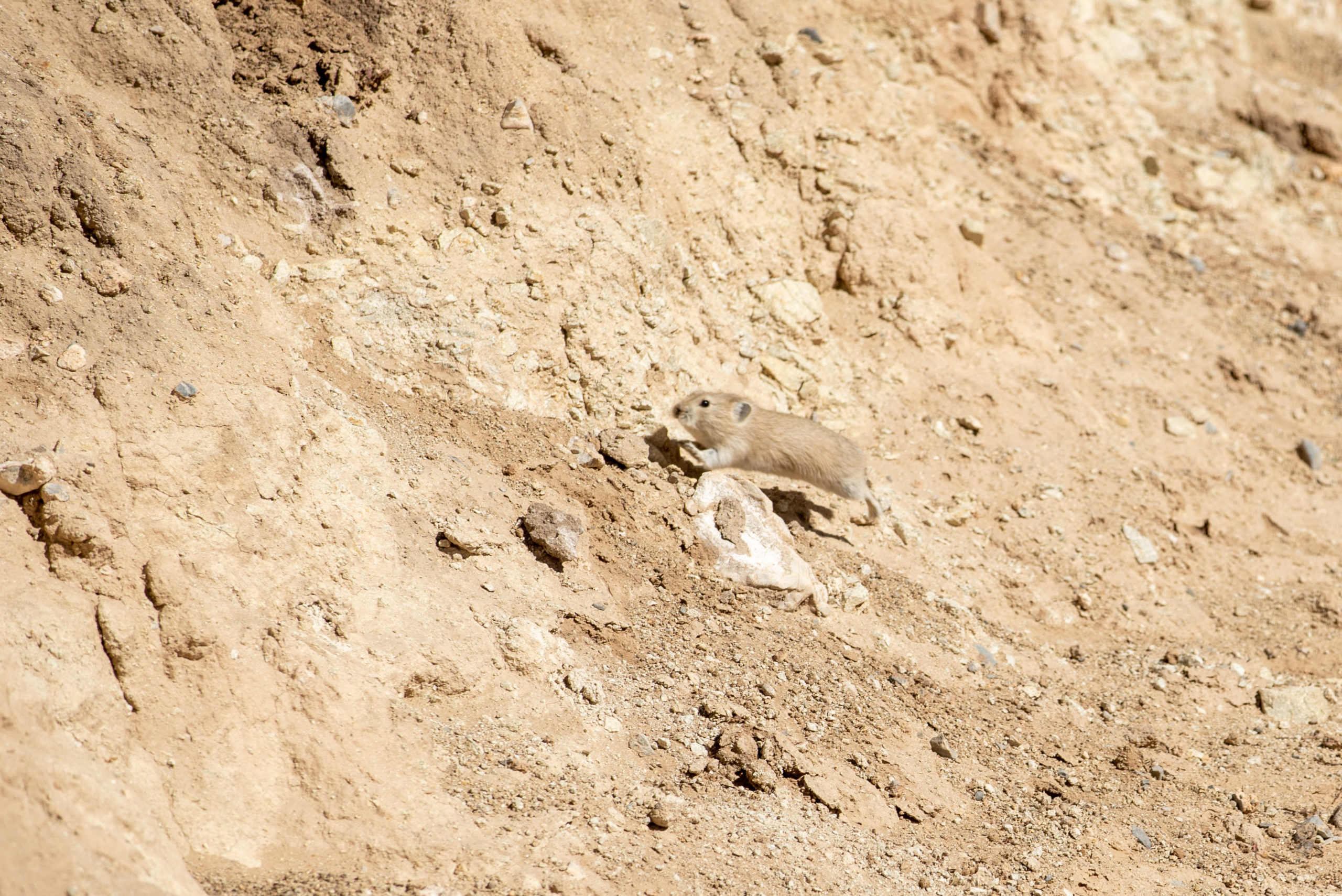
After two days of complete rest, we set off to the next stop, Nyima (尼瑪) and we entered the northern part of Tibet at the edge of the so-called no man’s land (無人區) which stretches for over 500 kilometres. We drove along the Jiangtang National Reserve Area (姜塘國家保護自然區) for miles. One should not drive into the No Man’s Land alone but in company with other cars and with much preparation as it is a matter of life and death and one could be lost or stuck in the middle of nowhere and die from extreme coldness. But the lure of the no man’s land is so huge that each year, there is news of individuals gone missing or found dead.
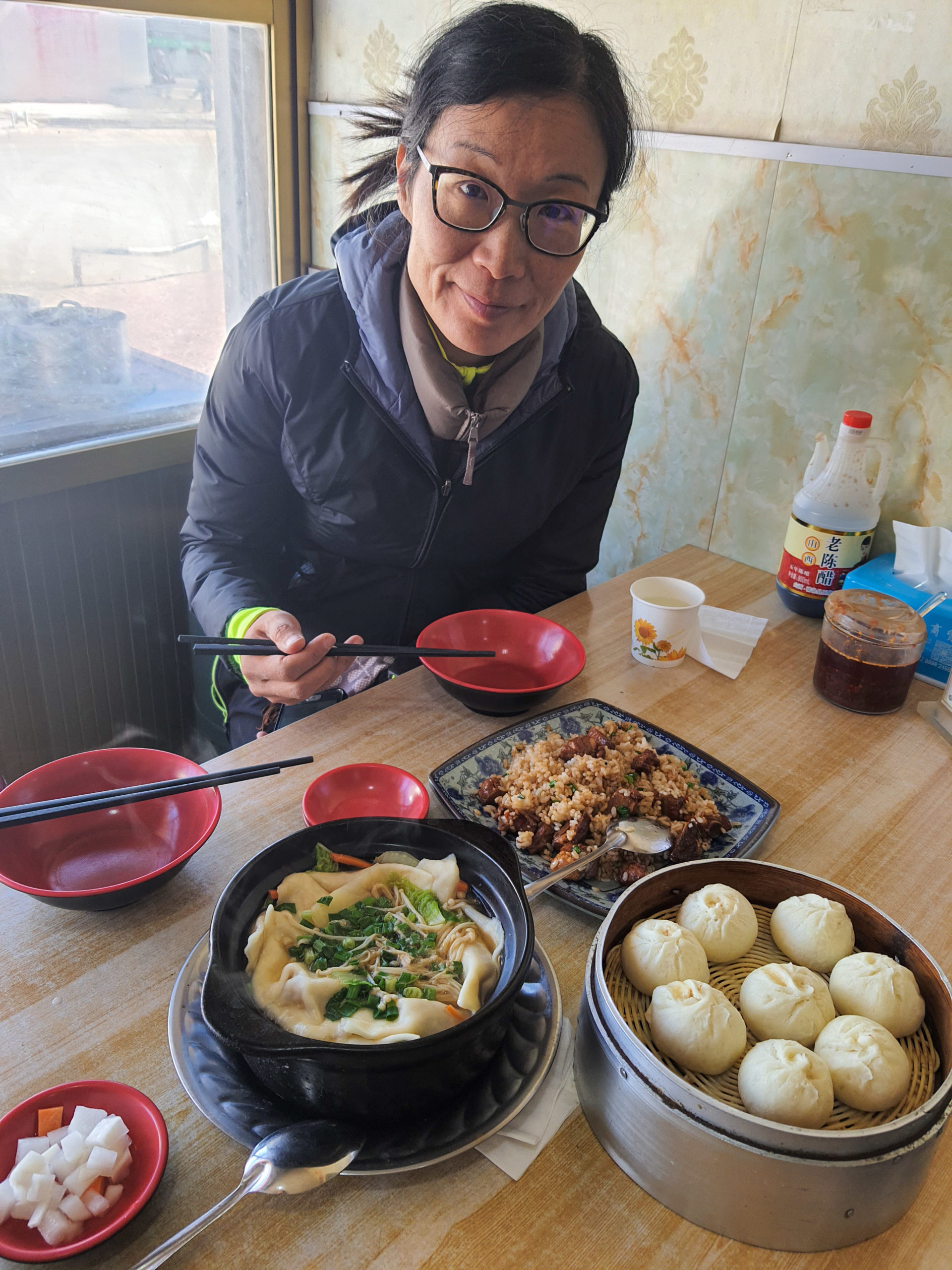
We kept to the main road of Route 219 and saw much of the land on both sides fenced off. We continued to look out for wildlife and drove pass quite a few small salt lakes. About five and a half hours later, we arrived at Nyima (尼瑪). Our first day in Nyima, we explored the main street with small shops and restaurants on both sides. Many of the restaurants were closed and we had Xinjiang noodles for lunch. We strolled into a colourful market that sold clothes, shoes, fabrics and so on.
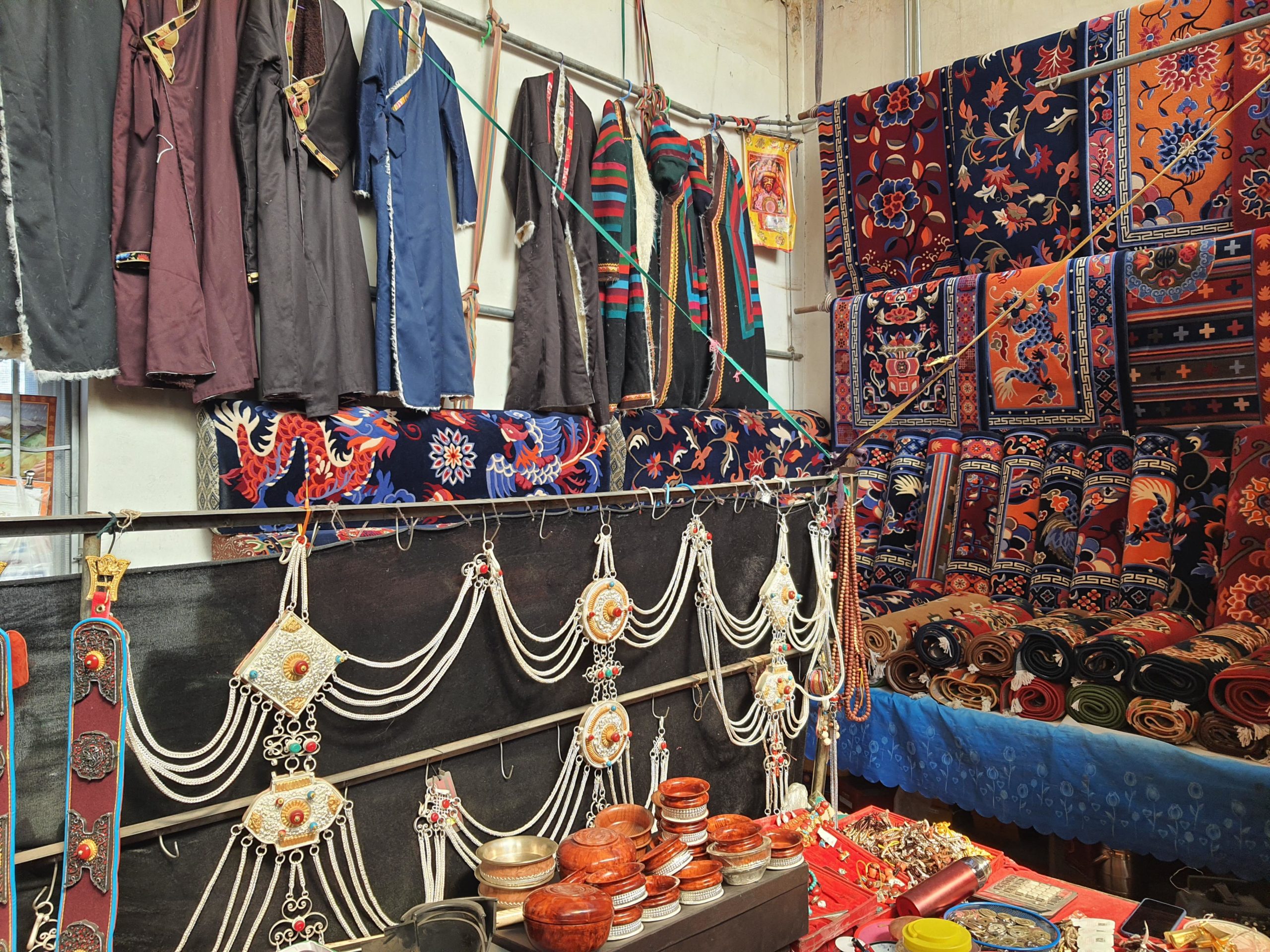
On the third day, we drove south for 122 kilometres to visit Wenbunancun village (文布南村). It is a small village and famous for the breathtaking view of the beautiful Lake Tangra Yumcuo (當惹雍措) – the holy lake for a branch of Tibetan religion, Bon religion (西藏苯教). After taking a stroll in the fields and around the village, we found a teahouse that was open (many hotels and restaurants were closed after the peak season) and I asked if they served food. The young woman nodded and I ordered fried beef and green pepper with rice. Soon the strong fried garlic aroma coming from the kitchen made me really hungry as it was already late afternoon. I heard chopping and stir-frying and was so looking forward to the dish. Then the woman came out and started sweeping the floor. I was perplexed and wondered if she forgot about my food. But I did not ask her and waited as clearly she was preparing food earlier.

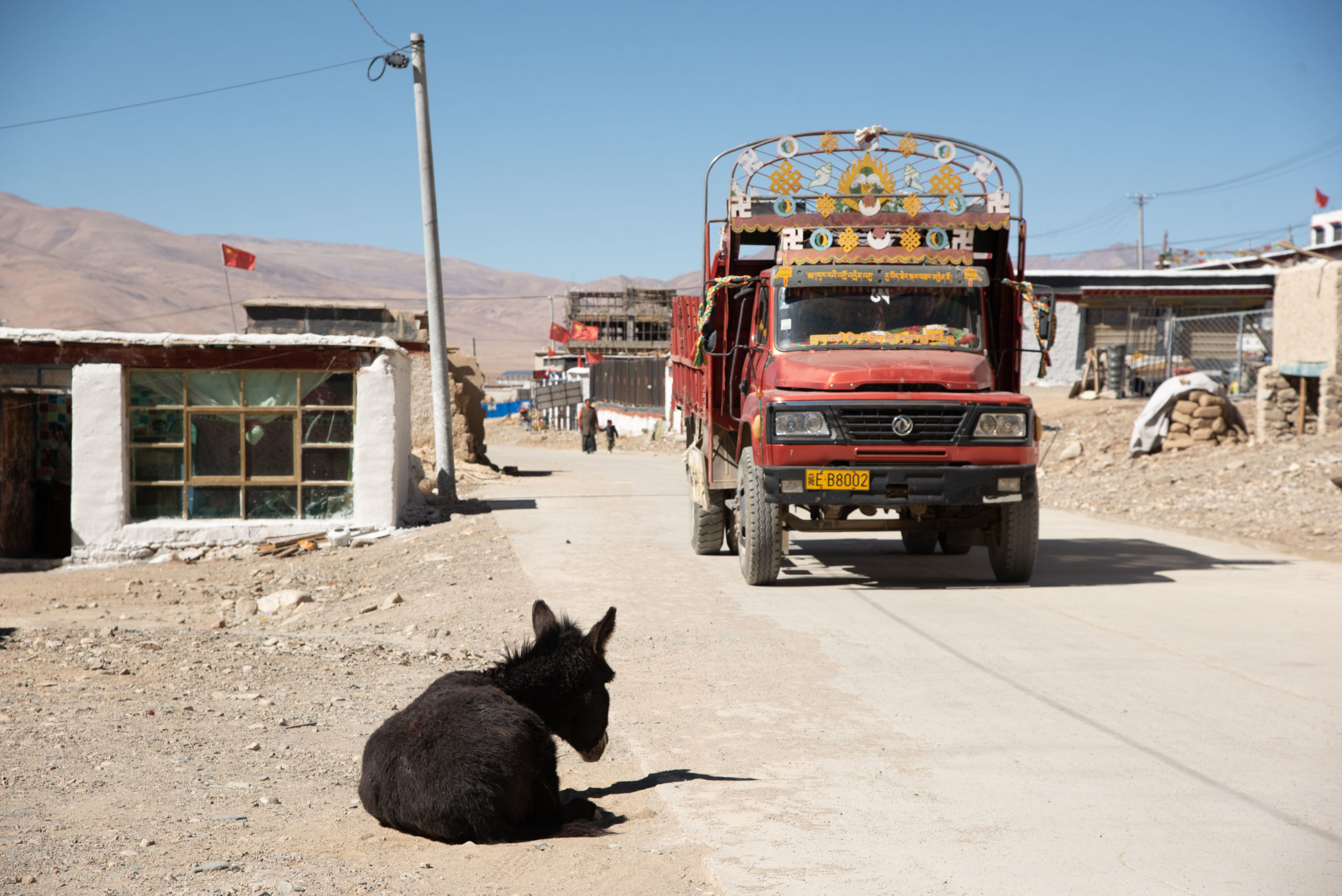
Then it dawned on me that she was cooking rice and had to wait. She later reassured me that it would be ready soon. I was quite touched by the long wait even though I was famish as it meant that she went to all that trouble just to cook for me as the locals mostly just had beer and tea. When the rice arrived, I was amazed to see a sizeable mountain of green pepper covering the rice to the brim of the plate and how tasty it was.
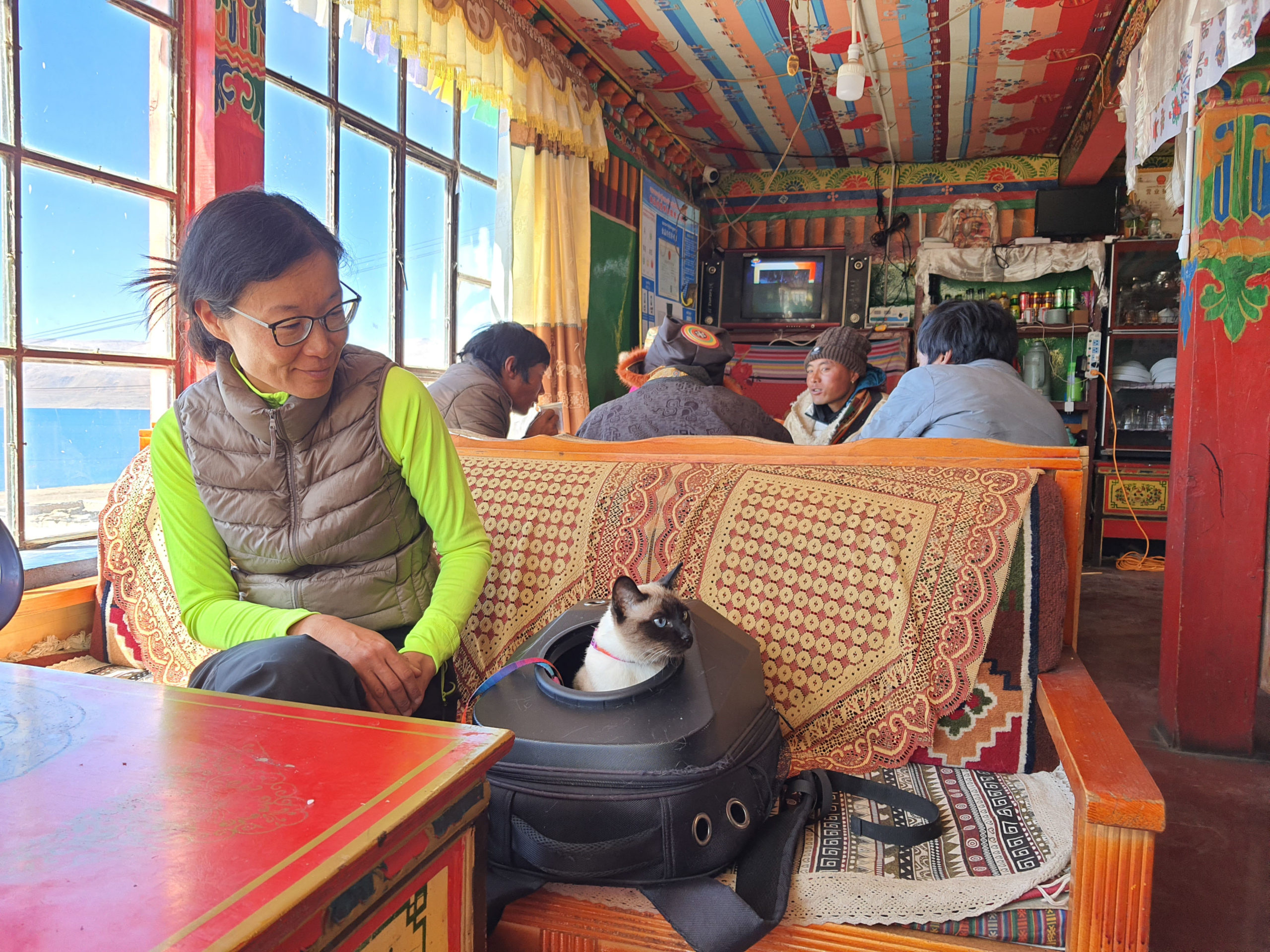
We brought Daisy and our lovebird Lavender (紫紫) into the teahouse and quickly attracted a small crowd of children and adults, as they were all curious and fascinated. Daisy was really calm while the children gently stroked her. Our furry ambassadors always brought people together and lots of smiles.
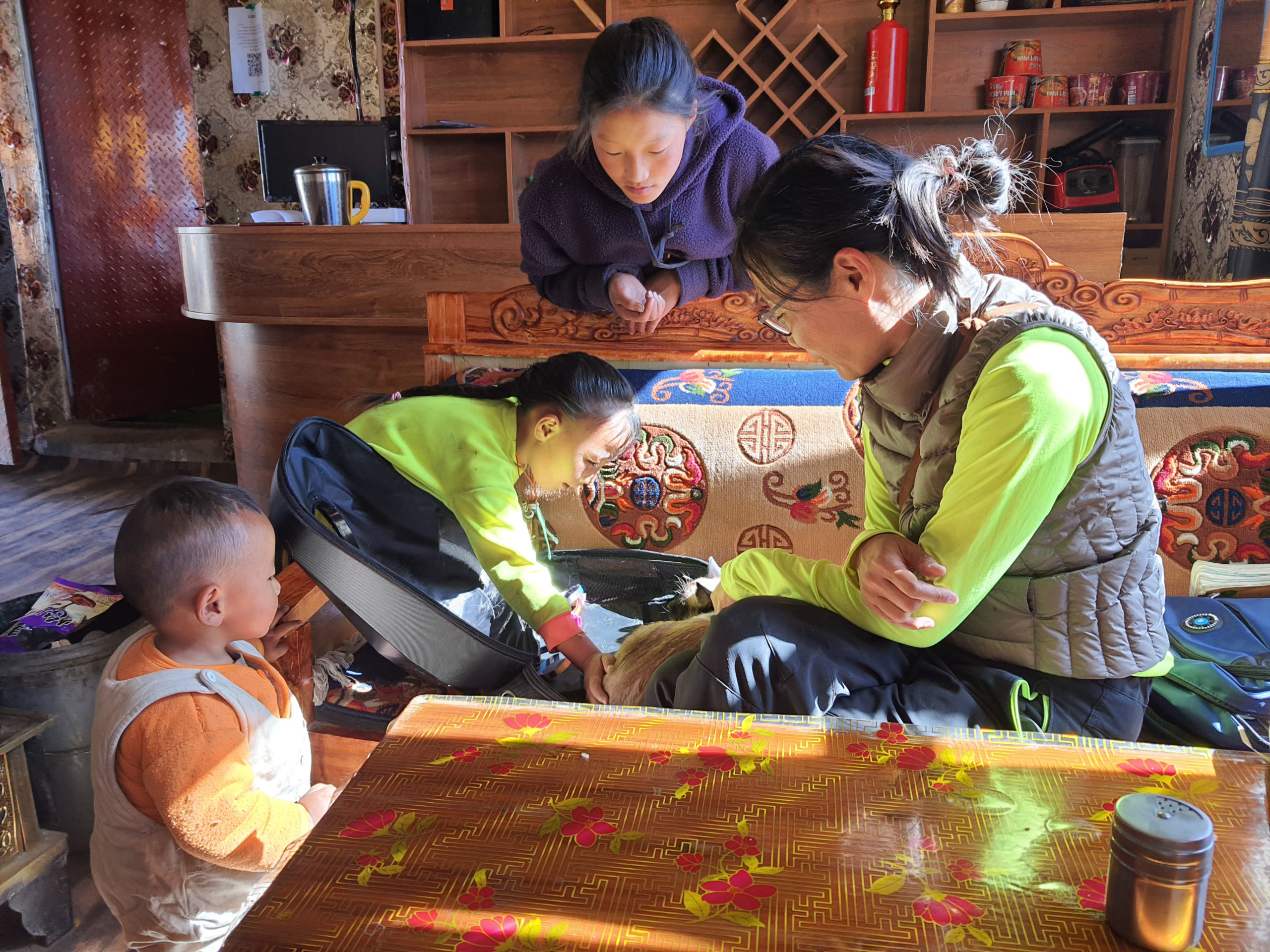
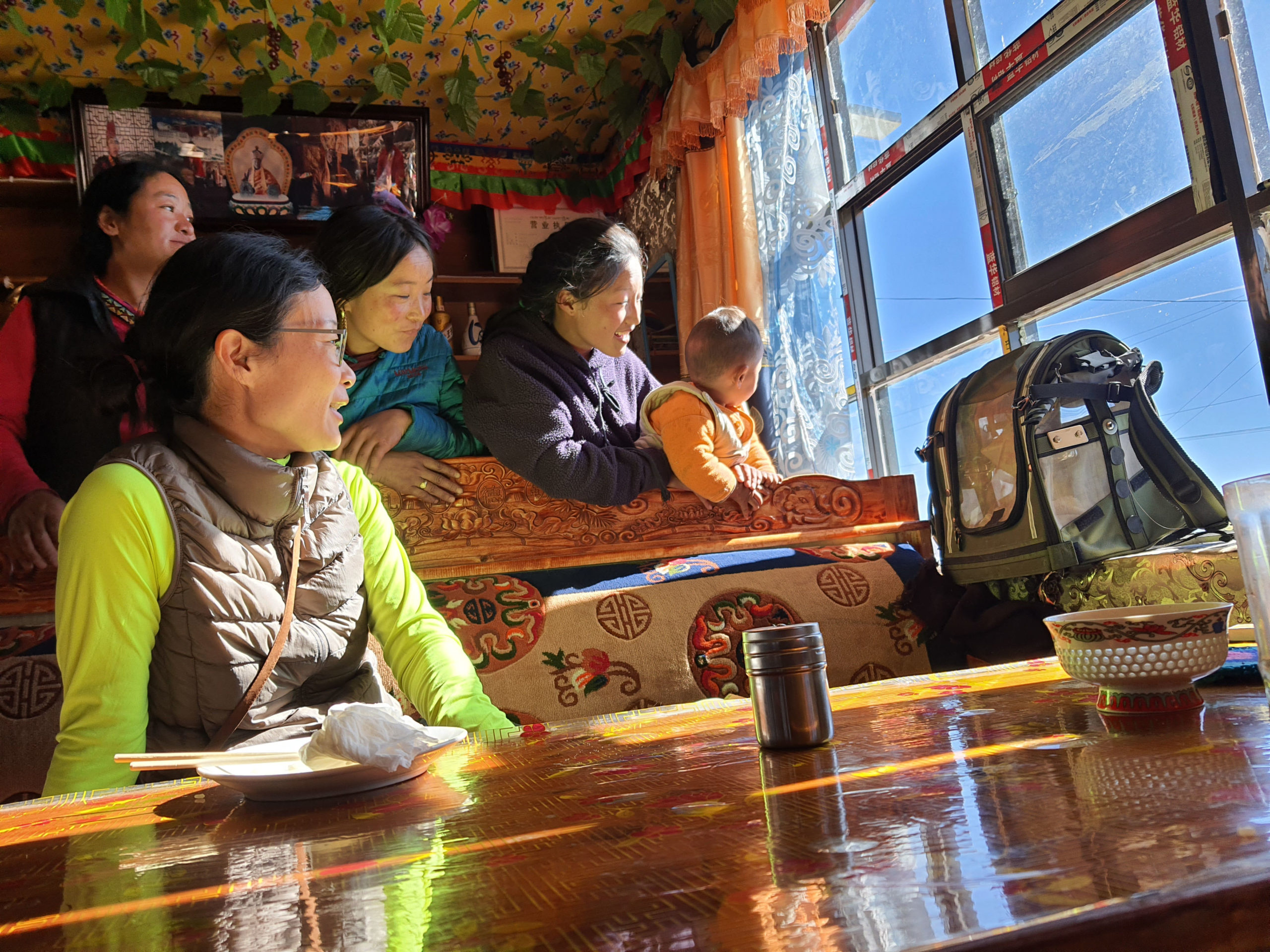
As all the guesthouses were closed, we drove back to Nyima (尼瑪). Just when we started going back, Kin decided to drive off road to get closer to the Lake Tangra Yumcuo (當惹雍措). I tried dissuading him, as I was worried about getting stuck in the sand. But of course Kin did not listen and of course we got stuck when we tried returning to the main road. Men never listened!!
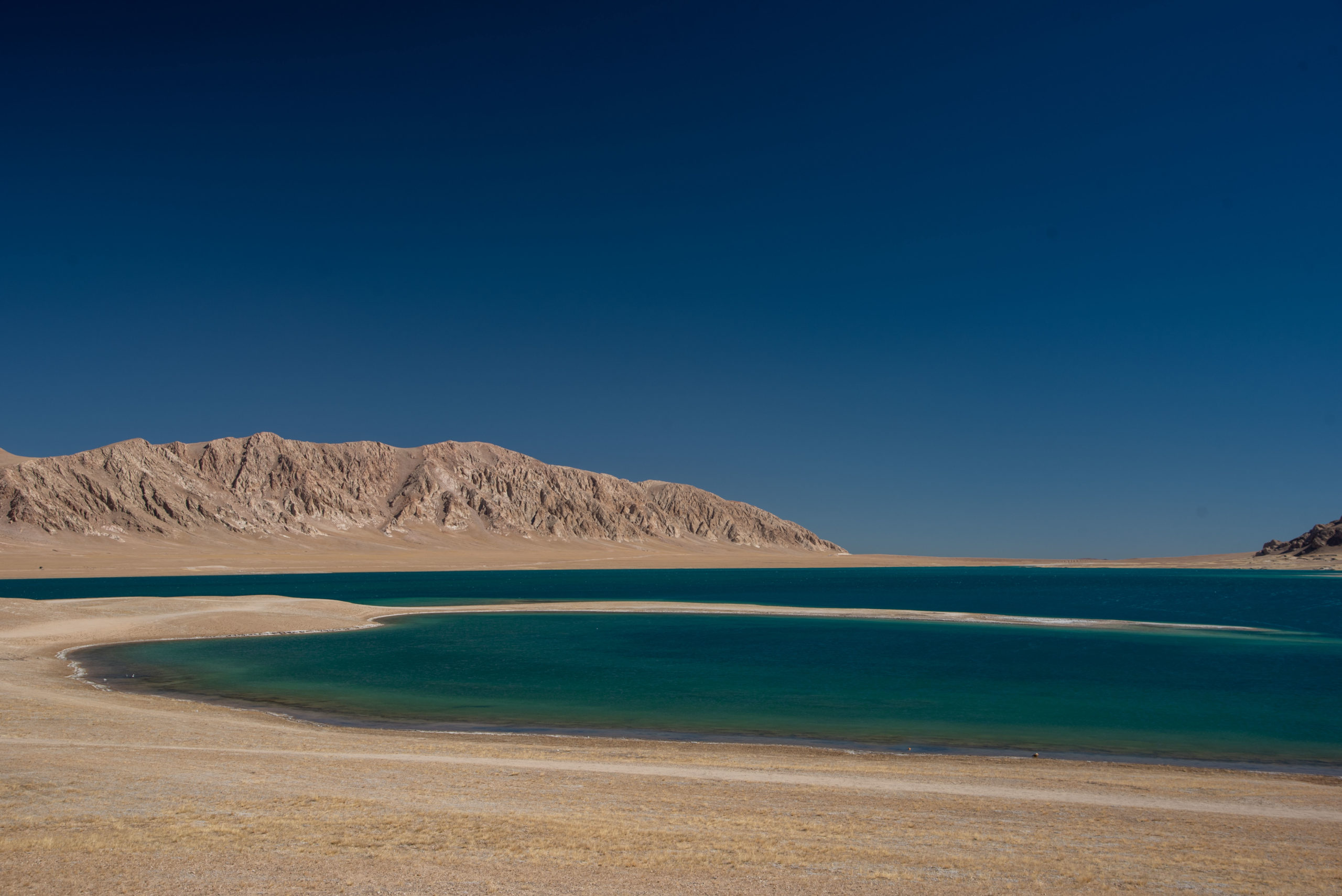

The next two hours, we were on all fours and scrapped out as much sand as we could with our hands. The only consolation was that we had gloves in the van to at least protect our hands. The first two times when we tried starting the van after scrapping most of the sand around the front wheels, it just got stuck instantly. Then I had an idea and told Kin that we should reverse as the path was slightly going upward. Going backward down the slope should be easier. So when we finished scrapping the third time, Kin started the engine, stepped on the accelerator and the van sped backward and hurrah we got out of the sandy patch. So the moral of the incident – men don’t listen and get into troubles and it is always the women who save the day, haha!!
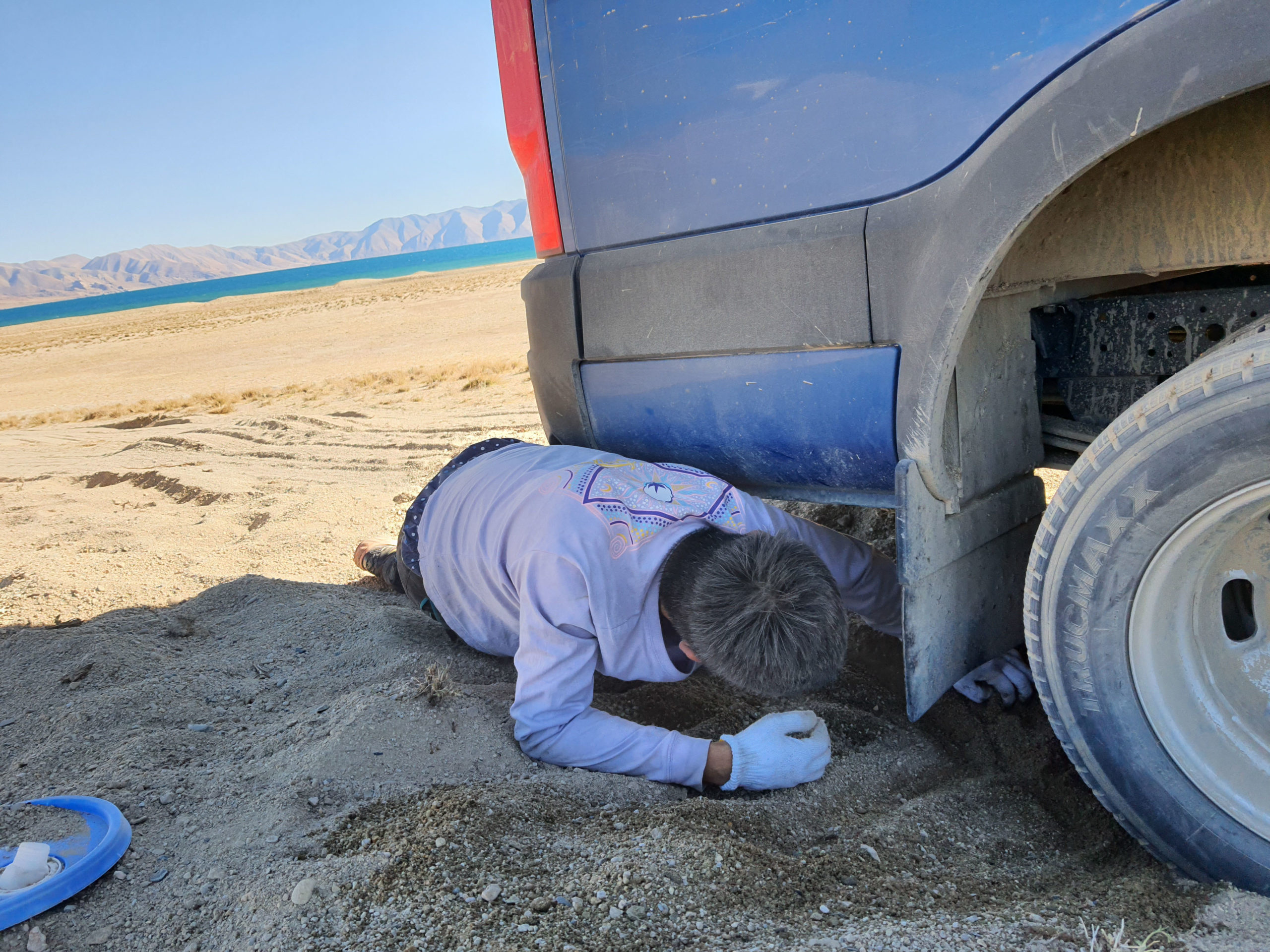
When we got back to our hotel, the receptionist was so surprised to see us as we already checked out in the morning. Also we looked pretty ridiculous as we were literally covered with dust from head to toes. The woman in charge was so happy to see us and even gave us a discount, which was unexpected as I saw how the hotel stood their ground on the price as I overheard another guest tried haggling when we first arrived.

I was elated to be back in the hotel room and took a long hot shower and collapsed in bed. I started limping soon after the shower as I had this sharp pain in my right leg. I probably had strained some muscles when we were salvaging our van. Luckily the pain disappeared the next morning.

The next day, we headed to the final town of our journey, Baingoin (班戈). We stayed in a nice small guesthouse, which had opened only for a few months. The heating in our room was so sufficient that we wore only our underwear. We were not sure how long we wanted to stay in Baingoin (班戈). So each morning, when the cleaning women knocked on our door – we told them that we would extend one more day and they diligently cleared our rubbish bins, gave us new towels and drinking water. One of the women had a three-year-old daughter and every morning she followed her mother into our room and played hide and seek with Daisy briefly.
As we reached almost the end of our journey, we slowed down a notch and stayed in Baingoin (班戈) longer. Every afternoon, we went to the teahouse to read and write for hours and headed back to the hotel to cook a simple dinner and watched a movie.
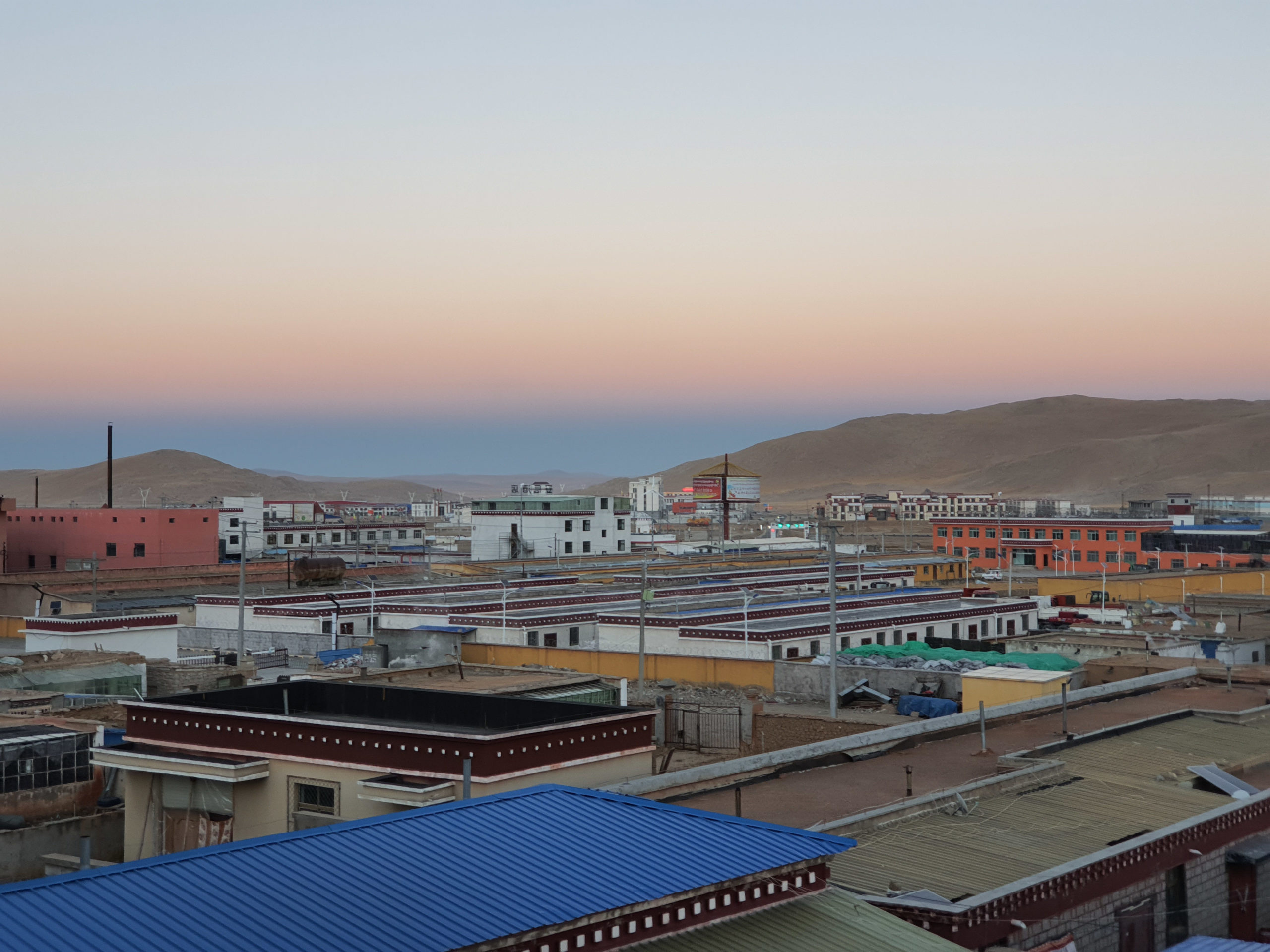


We had a lovely surprise from our lovebird Lavender as we discovered an egg in her cage one day and she sat on it most of the time. She laid four eggs altogether. We were so surprised as she had not laid eggs for over a year. Lavender became very maternal and protective of her eggs. I wanted to keep her warm and put a small hot water bottle next to her eggs. She then moved all her eggs to the other side of the cage to safeguard them – it was so sweet to see her maternal instinct to get away from the foreign object since she had never seen a hot water bottle before.
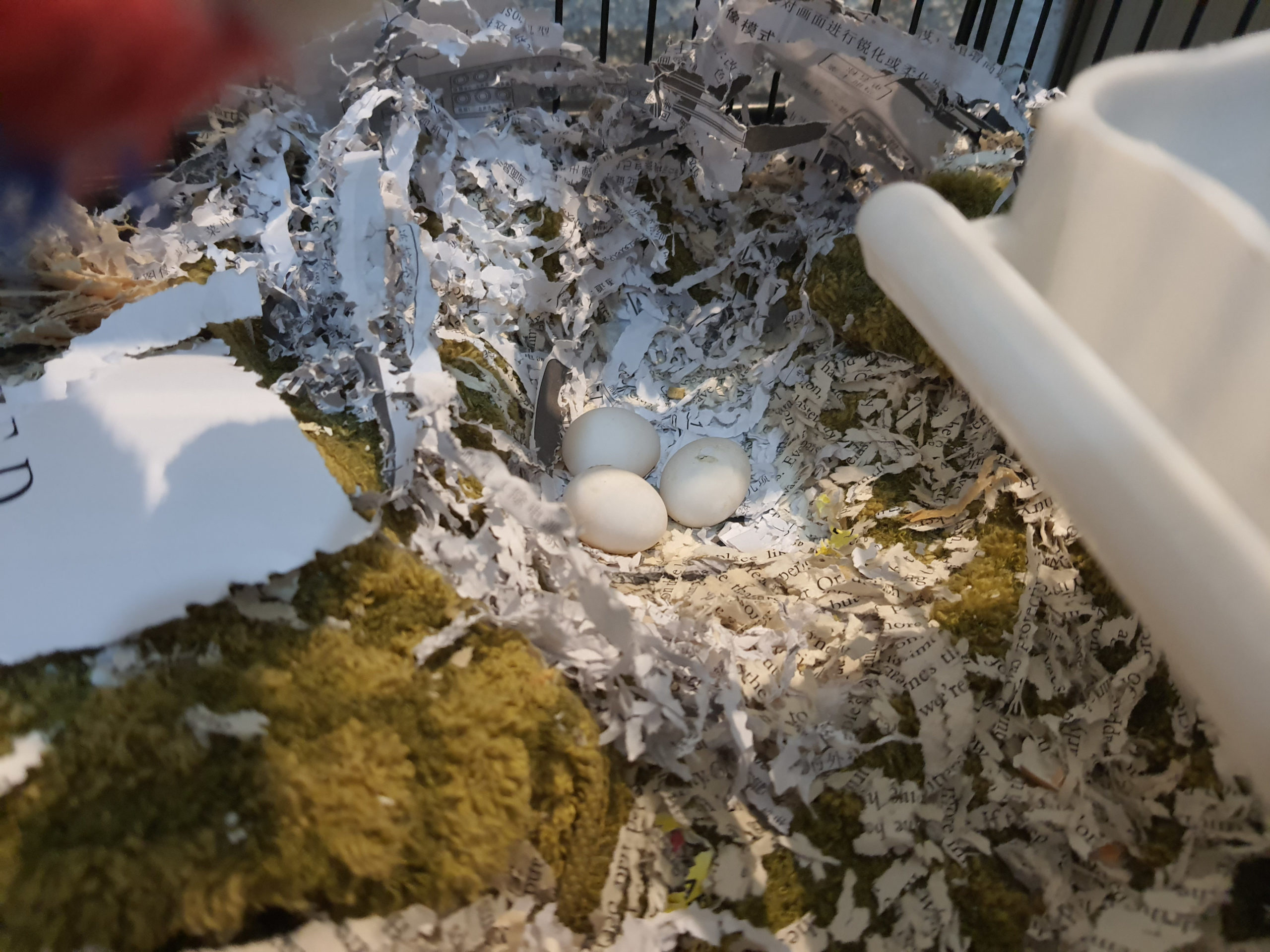
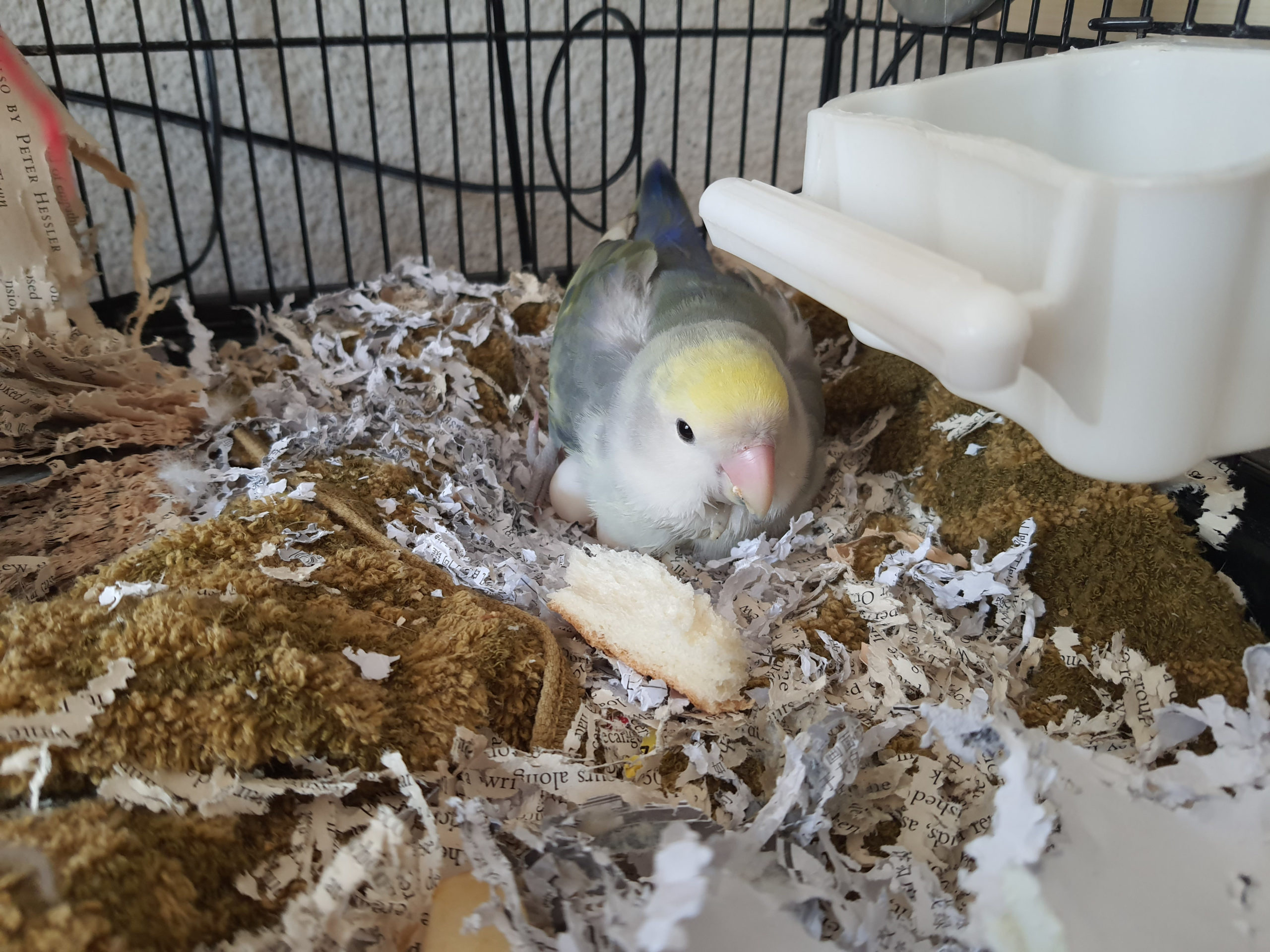
On 30 October, my birthday, we drove almost seven hours back to Lhasa. Kin spotted a flock of Tibetan vultures when we were speeding through the main road. We stopped immediately and drove really slowly to get as close as possible. They were devouring a dead yak and attracted more and more vultures. We were so close to them that we could smell the carcass and the pungent smell of grass from the exposed stomach. I was fascinated by how efficient and spontaneous the way the vultures edged towards the carcass and consumed the whole yak in less than 20 minutes. The whole process seemed so natural and yet powerful which I could not quite explain. To me, it was the most memorable birthday I had and what an amazing end to our Ngari (阿里) trip.

People often say that travelling broadens one’s horizon but I think it is far more than just opening one’s eyes and learning new things or having new experiences. This journey into the remote parts of Tibet had been mind opening and heart opening. Beyond the wonders of nature and past civilization seen with my eyes; I experienced an awakening to what life in the beginning was like – bracing the harsh environment and living harmoniously with Nature without the fancy materialistic trappings of the modern society. After 30 days, over five thousand kilometres in full circle, we were back to our familiar guesthouse in Lhasa. As we nudged our weary bodies slowly into our old room in the guesthouse, everything looked familiar and the same; and yet I felt different in my heart.

Geji – Gaize – Nyima – Wenbunan Village – Baingoin – Lhasa
革吉 – 改則 – 尼瑪 – 文布南村 – 班戈 – 拉薩
20-30 Oct, 2020

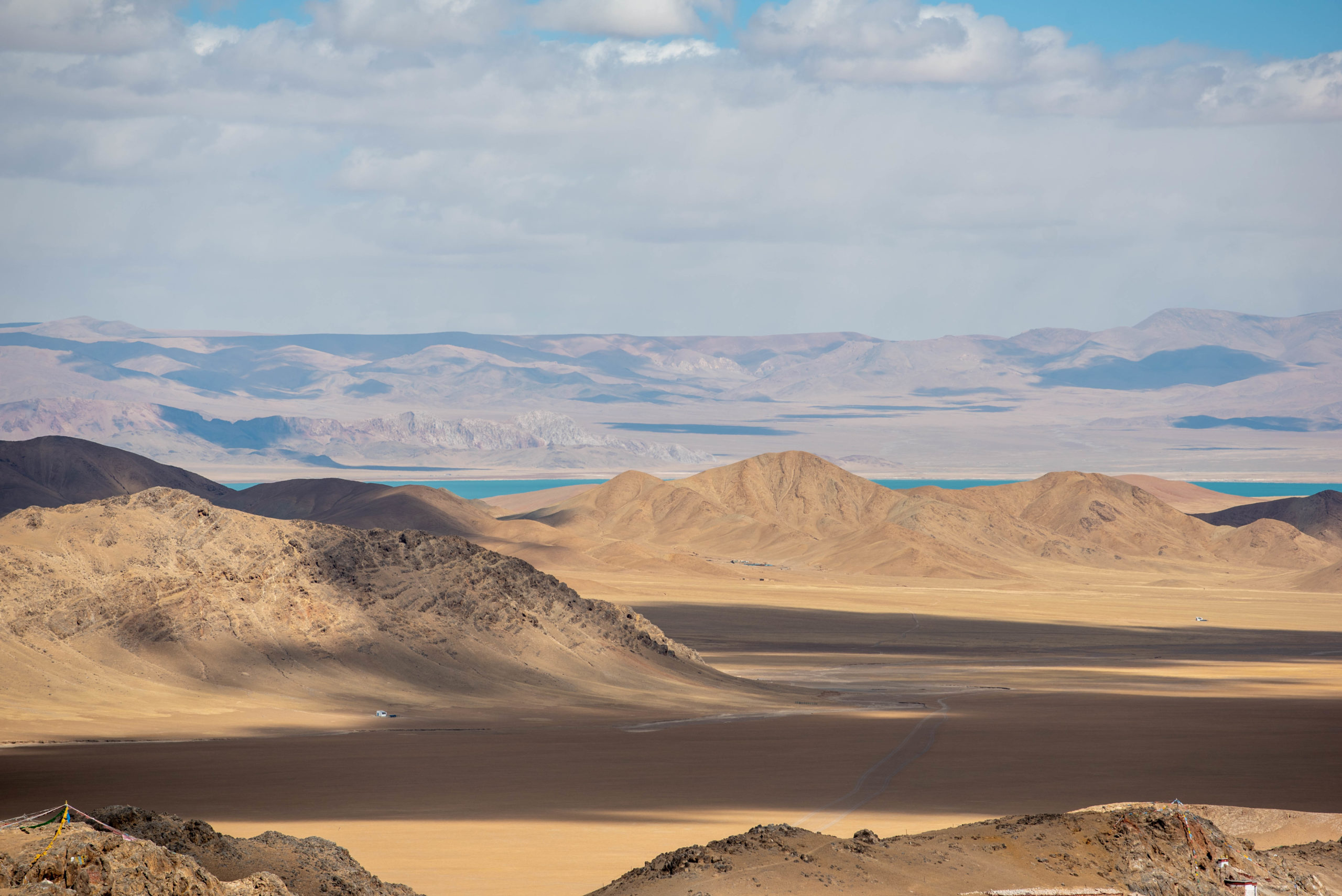
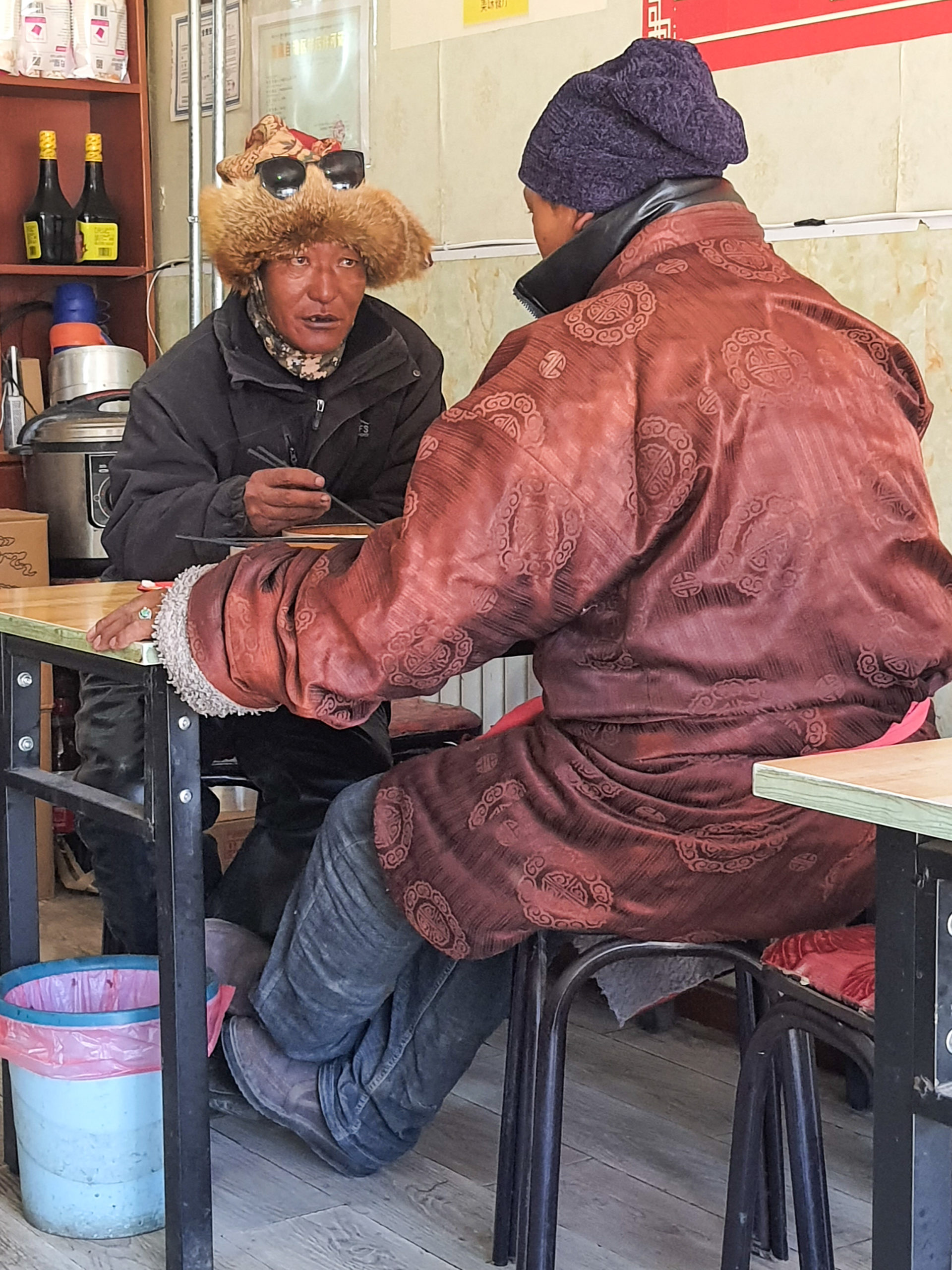
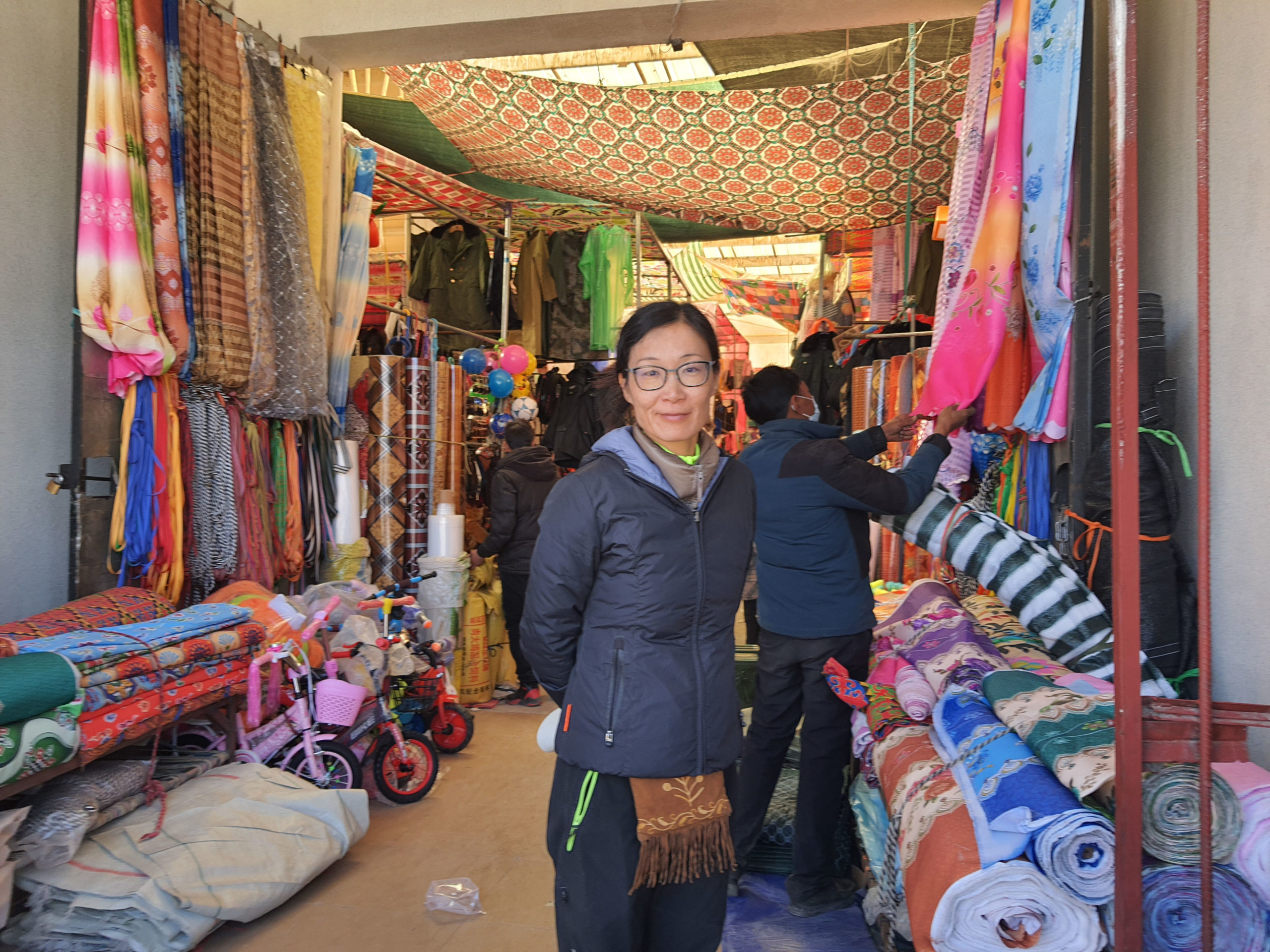
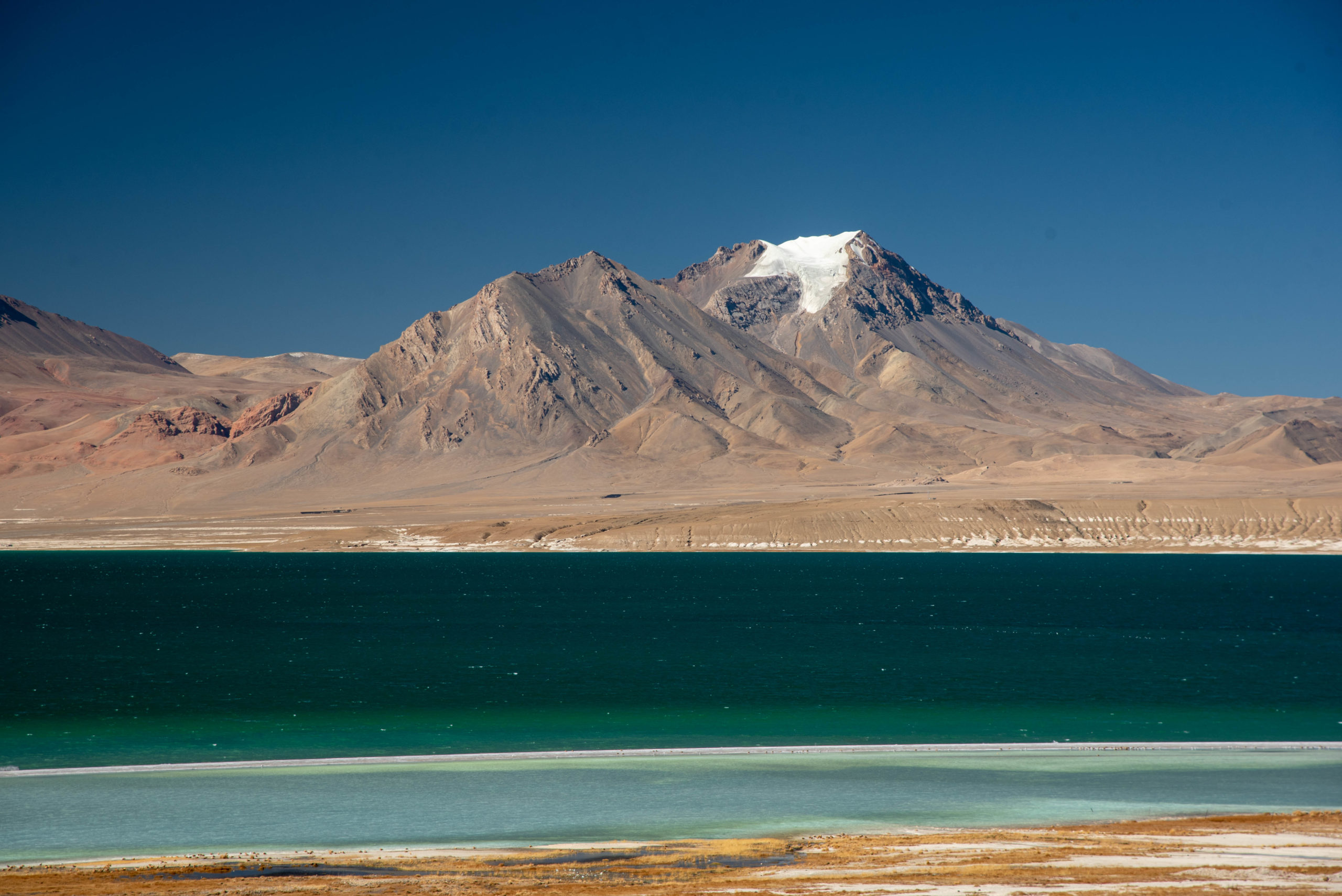
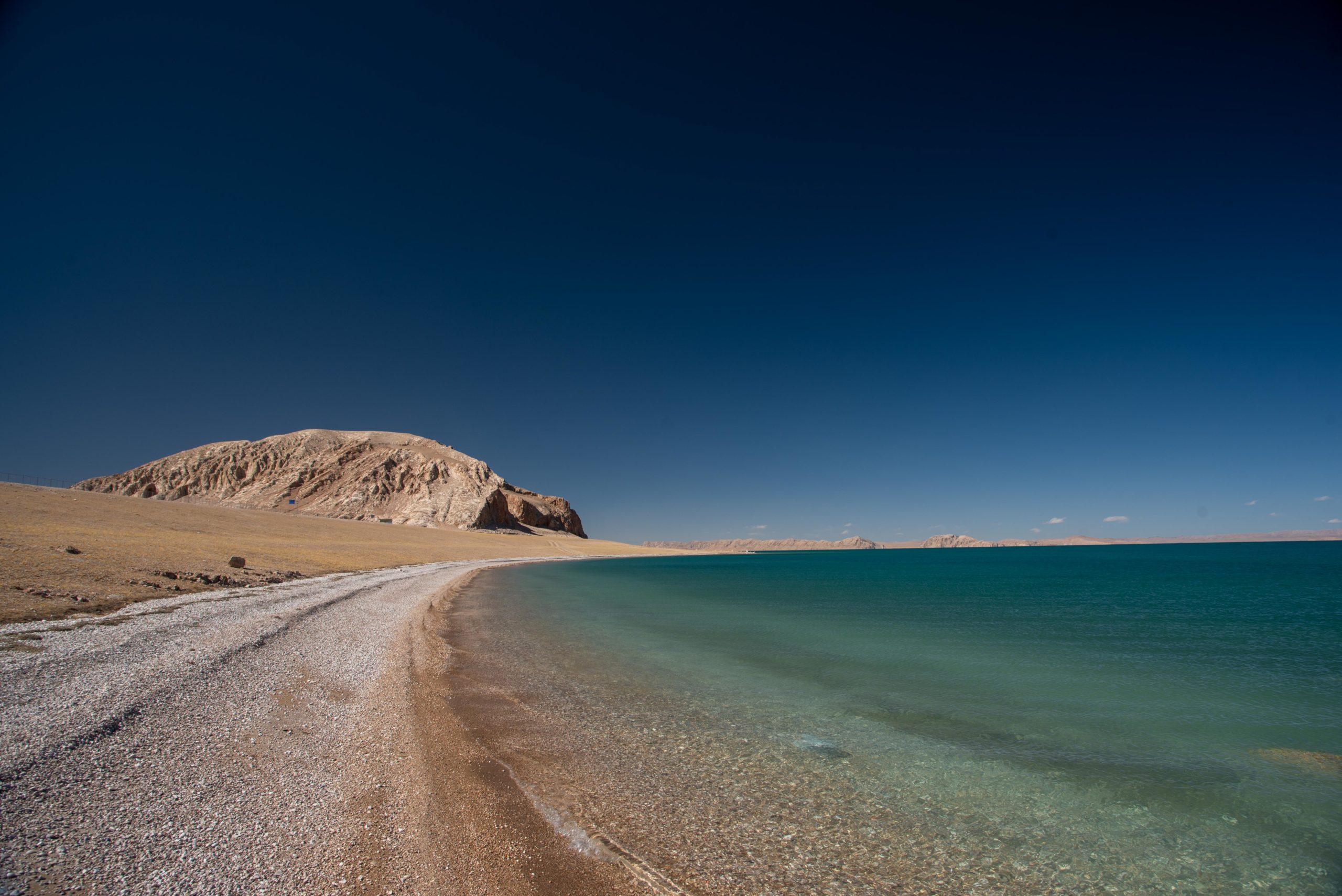
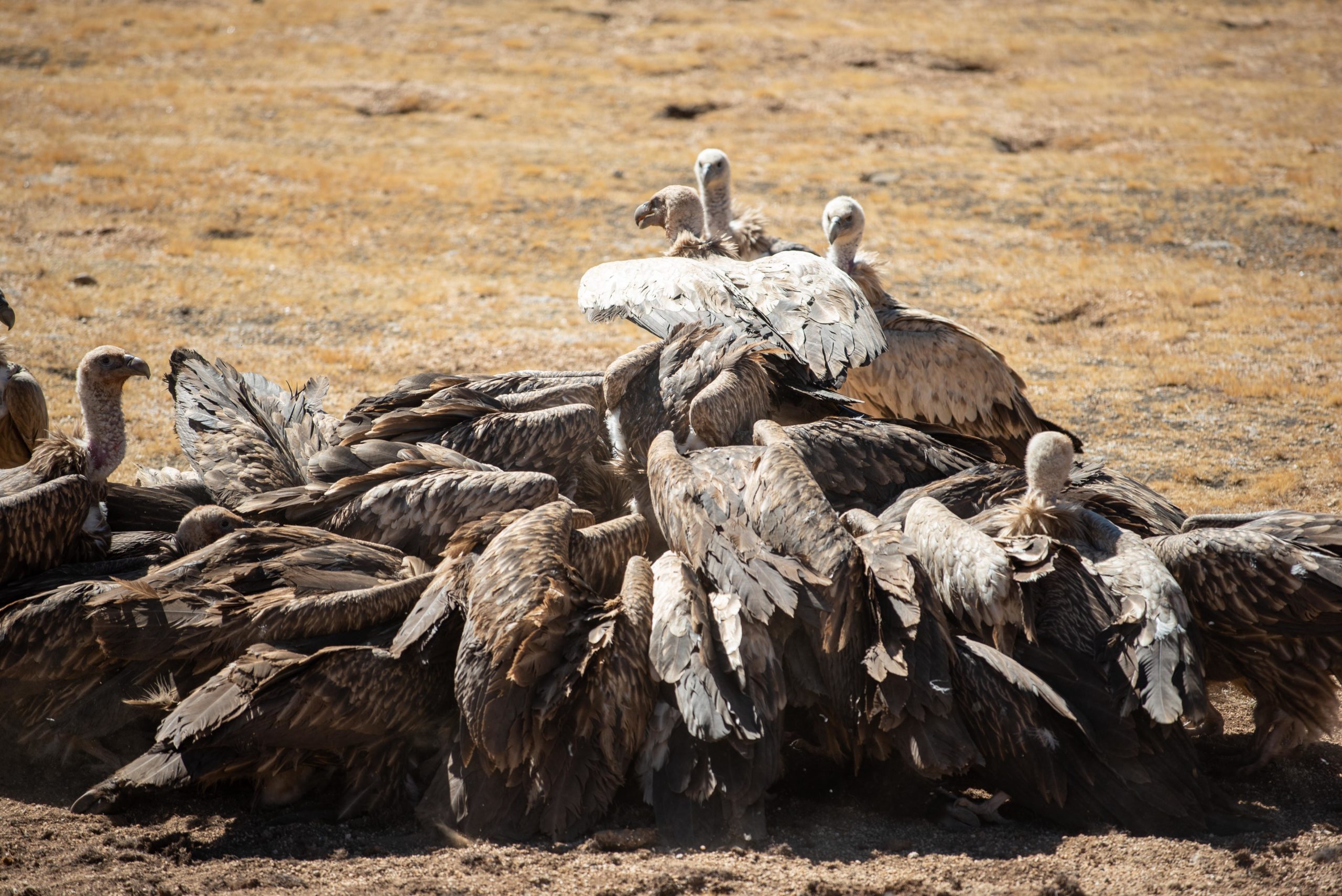
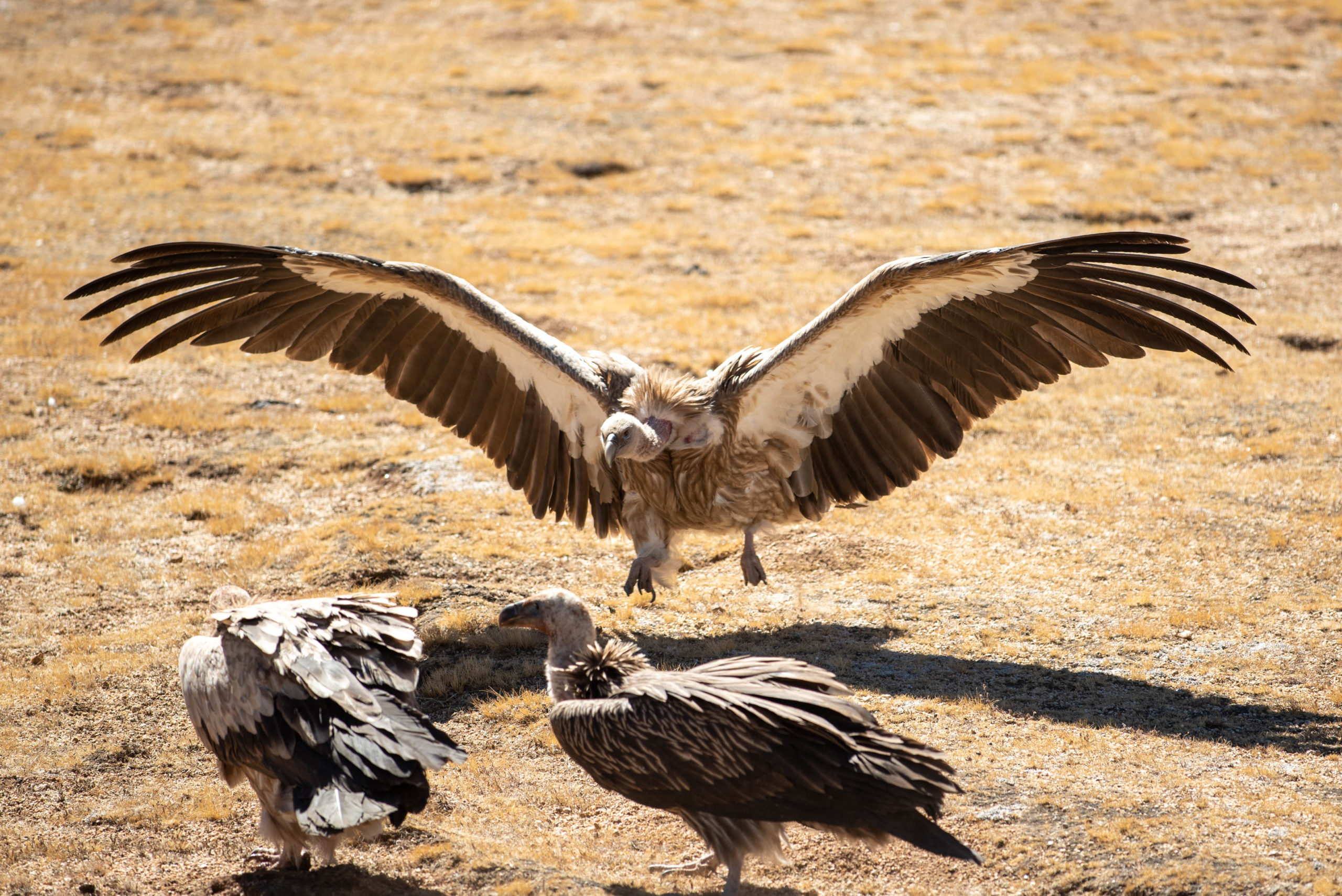
Another fascinating chapter in your travels.
We saw so much and really amazing. But also quite tiring but really worth it!
呢個blog寫得好精采,詳細,有專業水平吧,仲學咗好多vocab👍🏻😄
多謝多謝。我地會繼續努力,再寫好D
!
Beautiful photos and very interesting journey
Yeah it was really memorable! Seeing the wild animals made us so happy